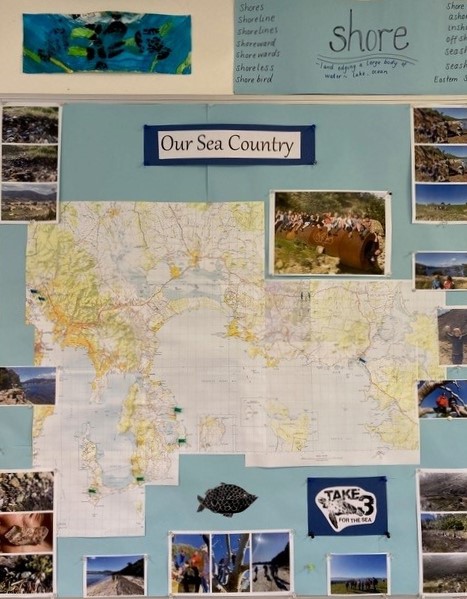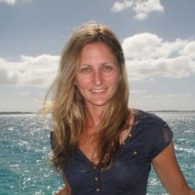At the Institute for Marine and Antarctic Studies (IMAS), we are always striving to deliver science and education that will have a positive impact in Tasmania and around the world. So it was an incredible experience for one of our marine ecologists to see first-hand the role her team’s outreach has played in inspiring the next generation of scientists.
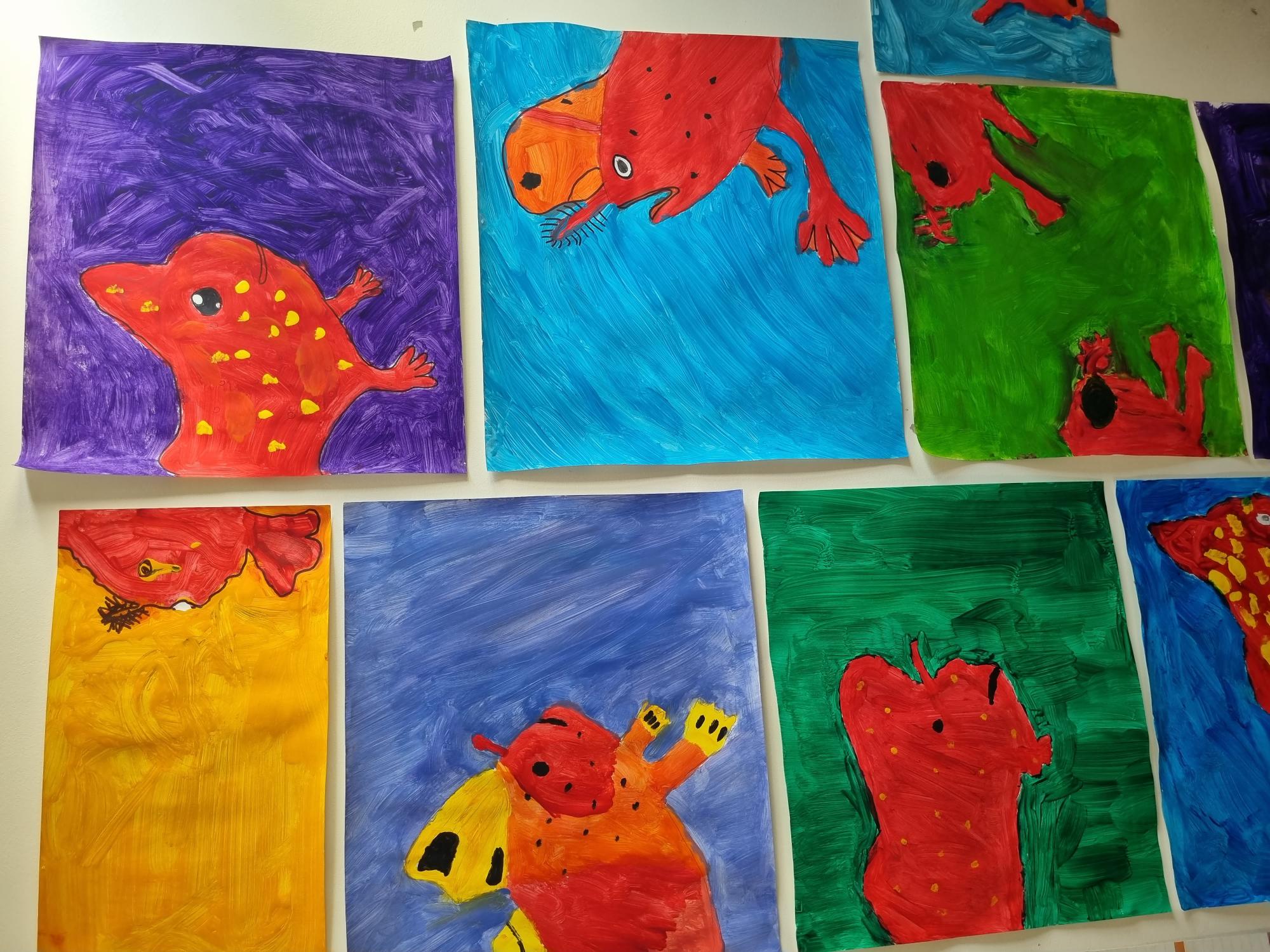
Handfish Conservation Project co-leader, Dr Jemina Stuart-Smith, was invited to visit the Cottage School in Bellerive late last year, after hosting their Year 3-4 students at our Code Red handfish exhibition in July 2022.
“It was clear they were bitten by the marine-science bug after visiting our exhibition,” Dr Stuart-Smith said.
“They were so inspired by the plight of the Red handfish, they invited me to see their own newly-created handfish displays. One student took me over to their display and said, ‘You showed us through your exhibition, now we’re showing you through ours’.”
Dr Stuart-Smith discovered that the Year 3-4 students had spent most of the term learning about Tasmanian Sea Country, and particularly focused on the Red handfish. Their classroom was covered in handfish paintings, handmade posters and Play-Doh handfish figurines – and they had dedicated an entire wall to how they were helping this unique and critically endangered fish.
“It looked like a ‘handfish shrine’, and included posters and letters sent to local businesses seeking donations for the Handfish Conservation Project. With additional help from the school community – and even donating their own pocket money – the students raised $2,000 towards our research and conservation, which they used to adopt and name two handfish,” she said.
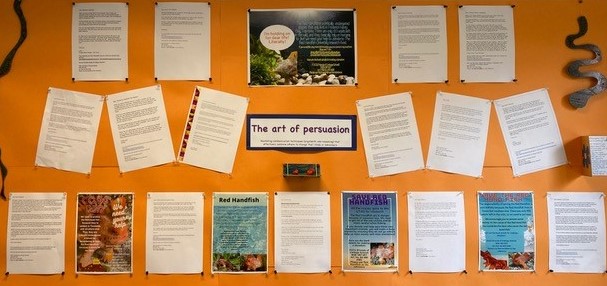
“It was just delightful to see what these keen students had created – and to hear how they passed on what they were learning to their parents. It really shows how important it is to share our science. You never know the ripple effect it will create.”
At IMAS, we know that a big part of our role as scientists is to have a positive impact on our marine and Antarctic ecosystems. And while research outputs are crucial in achieving that, it is also vital to communicate our work to the public – and to encourage and inspire the next generation of scientists who will take our work into the future.
“Who knows where these little scientists will end up, but I hope someday to have the chance to work with them,” Dr Stuart-Smith said.
While that’s a way off yet, the students are already making future career plans, as their teacher Skye Millar explained.
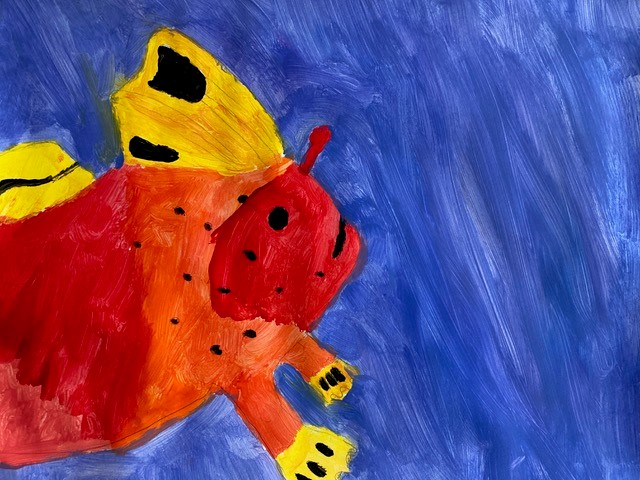
“They were so inspired to help the Red handfish, and so empowered by the community support, that they’ve already discussed being scientists and saving marine species when they grow up,” she said.
“We are so proud of their passion, dedication and stewardship. It’s outstanding to have students that value their own voice and know how to be heard.
“You’re never too young to have a voice, to care, to share and to make a difference.”
Student Willow Inches said more people, especially Tasmanians, should be taking care of our precious marine creatures.
“The Red handfish is critically endangered and if we don’t act now, it won’t exist anymore,” she said. “Everyone should be finding a way to help.”
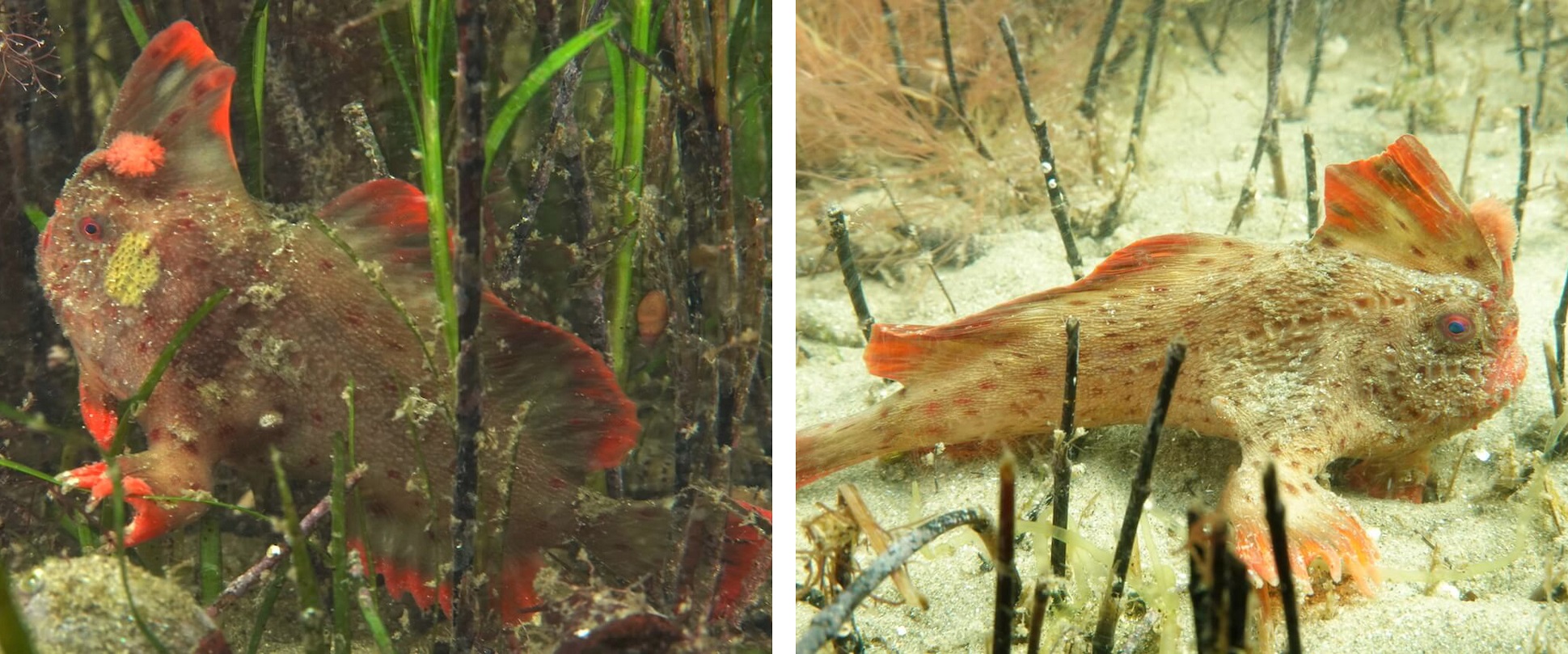
Our Red handfish research is supported by funding from the Department of Agriculture, Water and the Environment, Natural Resource Management South, the Tasmanian Government, and the National Geographic Society.
FAST HANDFISH FACTS:
- Handfish get their name from their preference for ‘walking’ on their pectoral and pelvic fins. They don’t have swim bladders like other fish, so staying afloat and swimming is challenging
- Red handfish Thymichthys politus is a small critically endangered species of anglerfish only found in Tasmania. They are usually about 8cm long and vary in colour from bright red to light pink or brown and are found among the seaweed and seagrass of shallow reefs
- There are only an estimated 100 individuals left in the wild, living in two small patches of rocky reef in Frederick Henry Bay, south-east of Hobart
- Threats to Red handfish include habitat loss and destruction from native sea urchins overgrazing on seaweeds, pollution and siltation, coastal development, human disturbance (boating and diving), introduced species, and climate change.
- The joint IMAS and CSIRO Handfish Conservation Project is working hard to address the threats to Red handfish survival through wild handfish monitoring, habitat assessment and restoration trials assisted by NRM South, urchin removal, diver and community education, and a captive rearing and juvenile release program.
- Read more about our Red Handfish rescue efforts.
